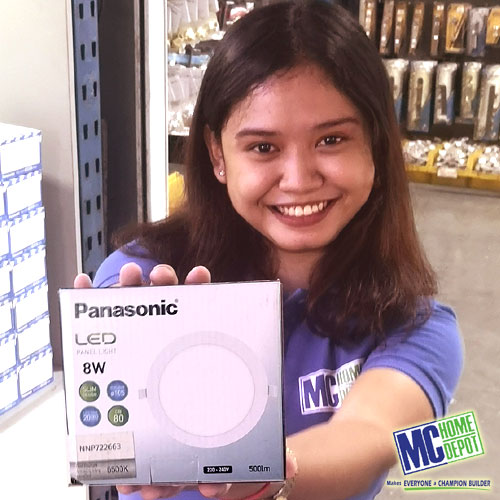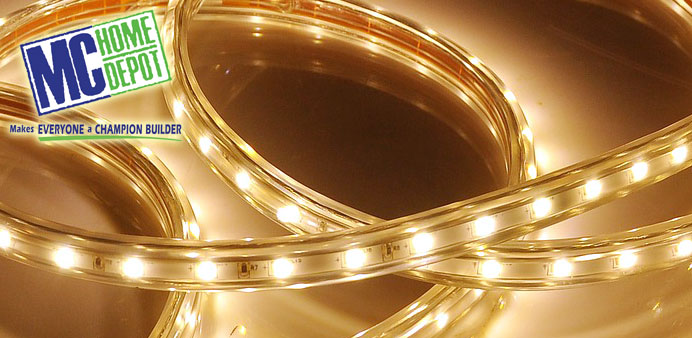In part 1 of Bulb Basics, we defined the terms found on the box of a light bulb: Voltage, Watts Lumens and Color Temperature. Now we will focus mainly on Lumens and Color Temperature, as we tackle how to properly light a room.
Voltage, Watts, Lumens and Color Temperature are important when considering cost efficiency of lighting, but strictly speaking, Lumens and Color Temperature are all you need to consider when lighting a space.
Once again, Lumens refers to the intensity of the light generated by the Watts that enters a lightbulb.
While Color Temperature refers to the assigned colors of a light-bulb:
Lighting a Room:

200-500 Lumens per square meter are needed for Living Rooms.
The general rule for lighting a room is that a certain amount of Lumens is needed for a certain amount of space.
The next question is: What room are you lighting? In general, you will need:
- 50-150 Lumens per square meter for Bedrooms – Bedrooms are not work areas. The lower lumens stimulate the need for sleep.
- 100-150 Lumens per square meter for Bathrooms – 400 lumens per square meter for Mirrors – Bathrooms are places that have to be well lit because people need to feel energized in the morning. The extra light helps wake you up. The intense lighting for the mirrors is a trick used by make-up artists to help see and balance makeup and cover hard-to spot blemishes.
- 200-500 Lumens per square meter for Kitchens – Kitchens have to be well lit because this is where you prepare food. There is a lot of slicing, cutting, burning, grinding, etc… that goes on in these rooms. Because of this you will need more lighting – especially near or around preparation areas.
- 200-500 Lumens per square meter for Living Rooms and Dining Rooms – Here the taste of the home-owners comes into play and this is why some homes incorporate dimmers or multiple sources of light. There will be times when all you will need for a living room is a lamp, yet you will need everything to be bright and clear when you have guests over.
Color Temperature
Color temperature is also a matter of personal taste. As we discussed last week,
- Warm Light creates a relaxing spectrum that helps set the mind to

The Panasonic LED Slim Series. Downlight comes in Cool Daylight or Warm Light. Follow MC Home Depot on Instagram.
prepare to sleep.
- Cool White and Daylight are similar in the sense that they both range in the blue spectrum of light which helps one be more awake and productive.
You will definitely need warm light for your bedrooms. And can actually incorporate multiple light sources that switch between Warm Light and cool white or Daylight in other parts of your home such as your living room.
How to Properly light a Room – Calculating Lumens
To calculate how many Lumens you would need for a room, simply multiply the number of square meters in a room by the recommended amount of lumens – taking into account personal tastes and preferences. Looking at our example, this 43.5 square meter 2 bedroom, 1 bathroom condominium will need:
- Living Room and Dining Room – 7.1 sqm each: 1,420 to 3,550 Lumens of cool white or day light. As mentioned, it would be nice to incorporate different color temperatures to help set the mood and match personal preferences.
- The Kitchen – 7.1 sqm will also need between 1,420 to 3,550 Lumens of light. BUT, you can focus a majority of that on the counter and cooking area.
- Each Bedroom – 8.9 sqm each, will need between 445 and 1,335 lumens of warm light
- The Bathroom – 4.3 sqm will need between 430 to 645 Lumens of Cool White or Day Light.
Learn more about how to Light a Room in this video:


